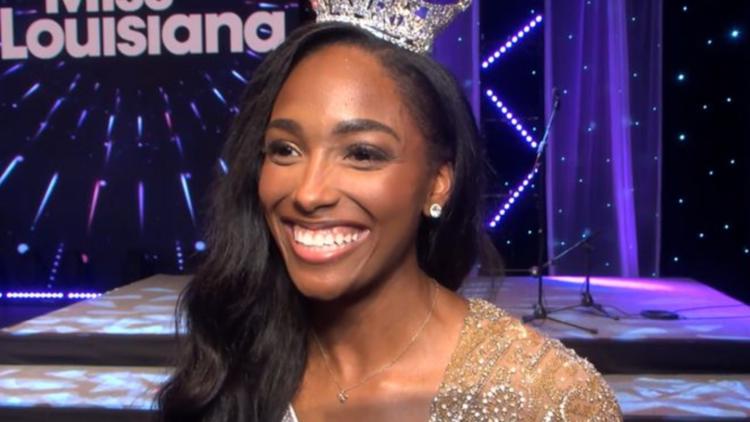READERS WRITE
Published 12:00 am Saturday, February 5, 2000
L’Observateur / February 5, 2000
DEAR EDITOR: I was recently in a family Christian bookstore and in a corner in the back of the store was a music rack labeled “black gospel.” Of course, weremember all too well the chants of “black power” in the 1960s and 1970s and even the neo-Nazi cry of “white power” in the 1980s and 1990’s. We seem to have this natural desire to colorize our ideals. Butwhy? Is it necessary to who we really are? I think not.
Recently, at the King Day march and rally in the Reserve Oaks Housing Development, I looked around at some point and saw as many whites as I could count on one hand. Many of those were white St. John the Baptistpolice officers who displayed an impressive show of force on a day when we had come together to celebrate and honor the life of a man whose trademark was non-violence and whose goal was world peace. However,the absence of a representative cross-section of our community, both lay and clergy, was most disturbing. In my view, this reflected a seriousbreach in the fabric of the community. This event should have been acelebration of unity and hope for all people of all races.
Instead, this looked like a rally of black people celebrating the life of a black man. If that be the case, then Martin Luther King’s life, his strugglesand his dreams really have no meaning or relevance for society as a whole today. Dr. King’s dream was one of justice and equality for all people,without regard for color. To the credit of our state representative and ournew parish president, they were there to reflect on the important principles of human justice, brotherhood and peace. Their challenge is ourchallenge which is to give meaning to these high ideals through the lives we live and the kind of community we build.
Certainly Dr. King’s dream was not just a “black dream.” In fact, in 1963,from the steps of the Lincoln Memorial, Dr. King himself stated that hisdream was a dream “deeply rooted in the American dream.” The Americandream is a colorless dream, a dream of hope and opportunity unhindered by those artificial barriers constructed by evil hearts and guarded by fools.
The color of the dreamer has no relevance to the substance of the dream.
The content of the dream, and not the color of the dreamer, continues to beckon and challenge us to live out a better reality. The real question is:How are we responding?
Carl A. Butler
LaPlace
Copyright © 1998, Wick Communications, Inc.
Internet services provided by NeoSoft.
Best viewed with 3.0 or higher





